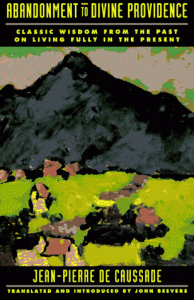 “Today God still speaks to us as he used to speak to our ancestors at a time when there were neither spiritual directors nor any systems of spirituality. To be faithful to the designs of God then comprised the whole of one’s spiritual life. Religious devotion had not become a science crammed with precepts and detailed instructions” – Jean-Pierre de Caussade, Abandonment to Divine Providence, translated by John Beever
“Today God still speaks to us as he used to speak to our ancestors at a time when there were neither spiritual directors nor any systems of spirituality. To be faithful to the designs of God then comprised the whole of one’s spiritual life. Religious devotion had not become a science crammed with precepts and detailed instructions” – Jean-Pierre de Caussade, Abandonment to Divine Providence, translated by John Beever
Spiritual reading is one of the most powerful and oft-recommended Lenten practices. This year, you might consider reading de Caussade’s Abandonment to Divine Providence. Here’s why:
- It’s an acknowledged classic of spirituality, providing fruitful material for mediation for hundreds of years.
- de Caussade’s simple message is an effective antidote for a world that tends to complicate things unnecessarily.
- At 119 pages, the book is a perfect length for the forty days of Lent; 54 short chapters make it easy to divide into daily passages for contemplation.
- For teachers, its message can profoundly affect the way we approach our students and our teaching, leading to a deep inner peace.
I count Abandonment to Divine Providence as one of the most influential books I’ve ever read, and have gotten into the habit of reading it each year during Lent. As a member of the Catholic Readers group on Goodreads, I’m very glad that they have chosen it as their Lenten book. If you’re looking for some profoundly inspirational spiritual reading this Lenten season, look no further than this classic by Jesuit Father Jean-Pierre de Caussade.
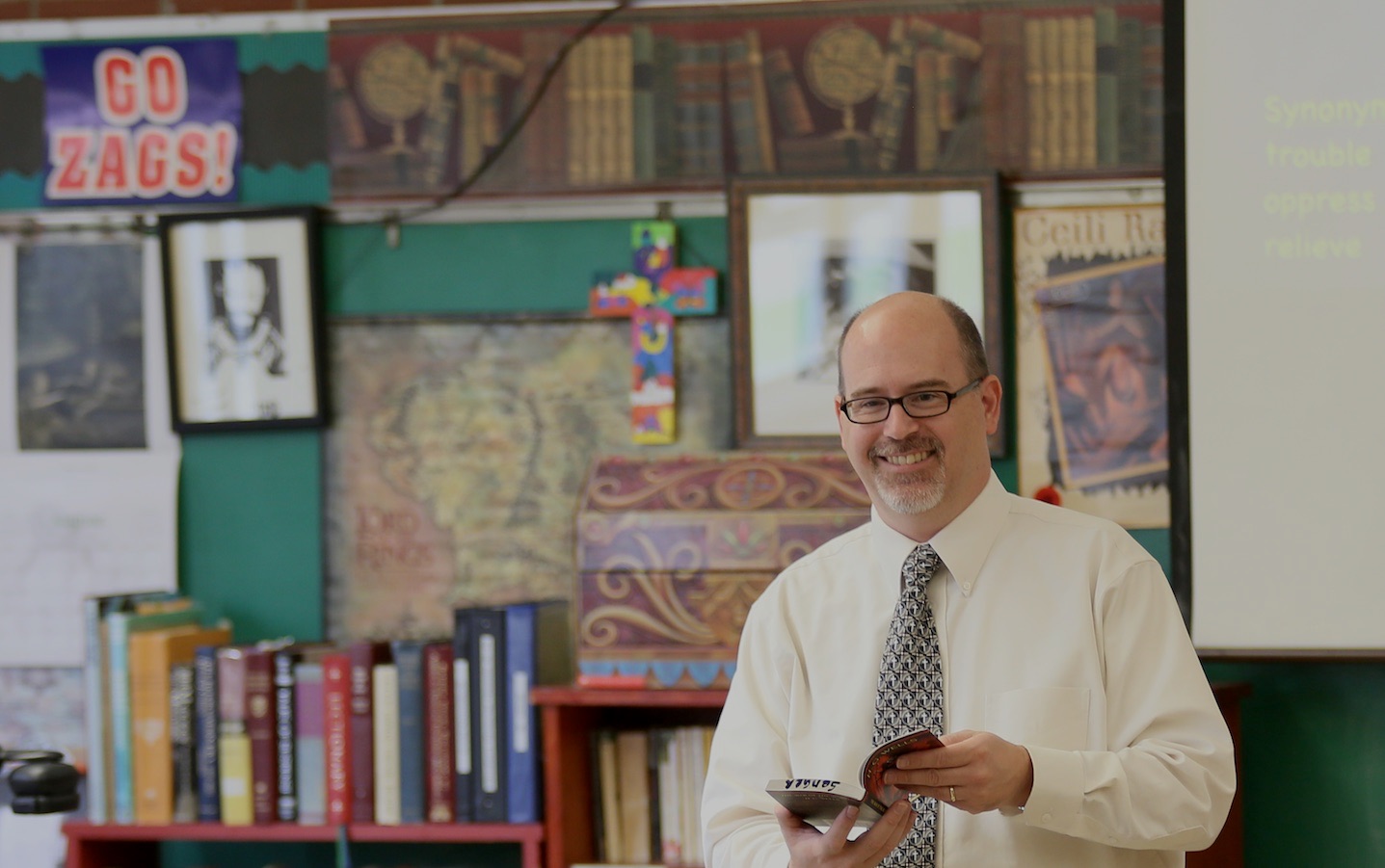
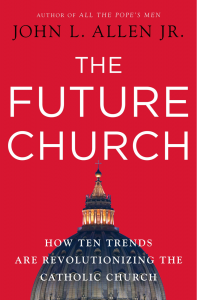

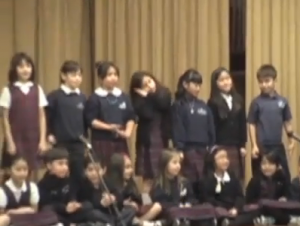 Catholic Schools Week 2011 is over, but the celebration continues thanks to many schools who posted videos of their activities. From flash mobs to bishops’ homilies, the following videos show how schools around the country celebrated this national event.
Catholic Schools Week 2011 is over, but the celebration continues thanks to many schools who posted videos of their activities. From flash mobs to bishops’ homilies, the following videos show how schools around the country celebrated this national event.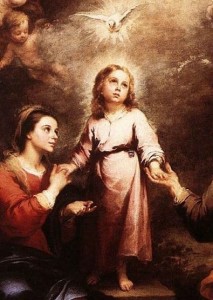 When I taught Amy she was a bright, athletic, beaming eighth grader. She loved her older sister, her younger brother, and playing soccer. A short two years later, her body was ravaged by leukemia, and after a long and valiant battle, she passed away. Attending her funeral was one of the most difficult things I’ve ever done. And yet, though it was many years ago, I still remember the theme of the homily: Amy’s life is changed, not ended.
When I taught Amy she was a bright, athletic, beaming eighth grader. She loved her older sister, her younger brother, and playing soccer. A short two years later, her body was ravaged by leukemia, and after a long and valiant battle, she passed away. Attending her funeral was one of the most difficult things I’ve ever done. And yet, though it was many years ago, I still remember the theme of the homily: Amy’s life is changed, not ended.
